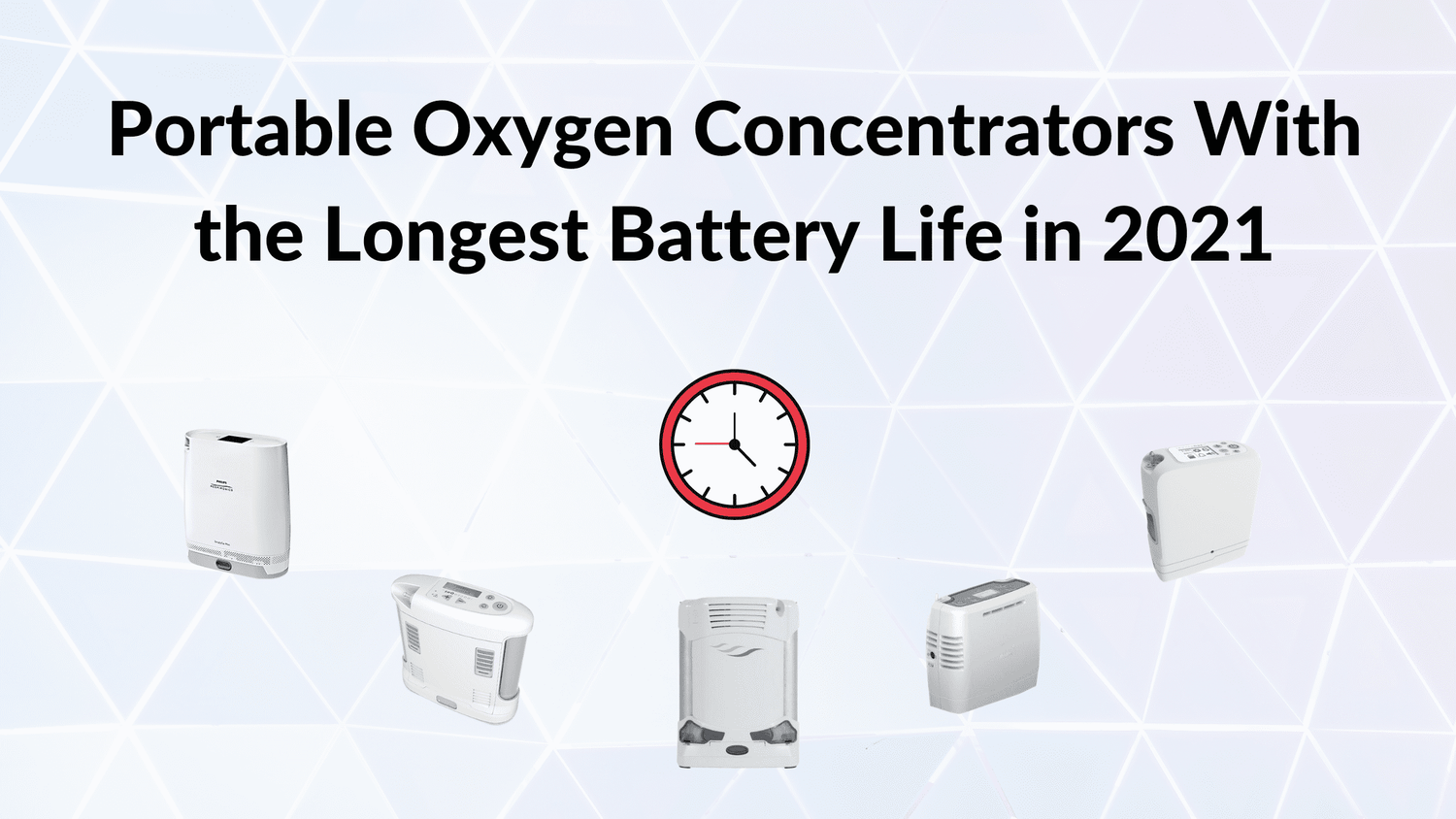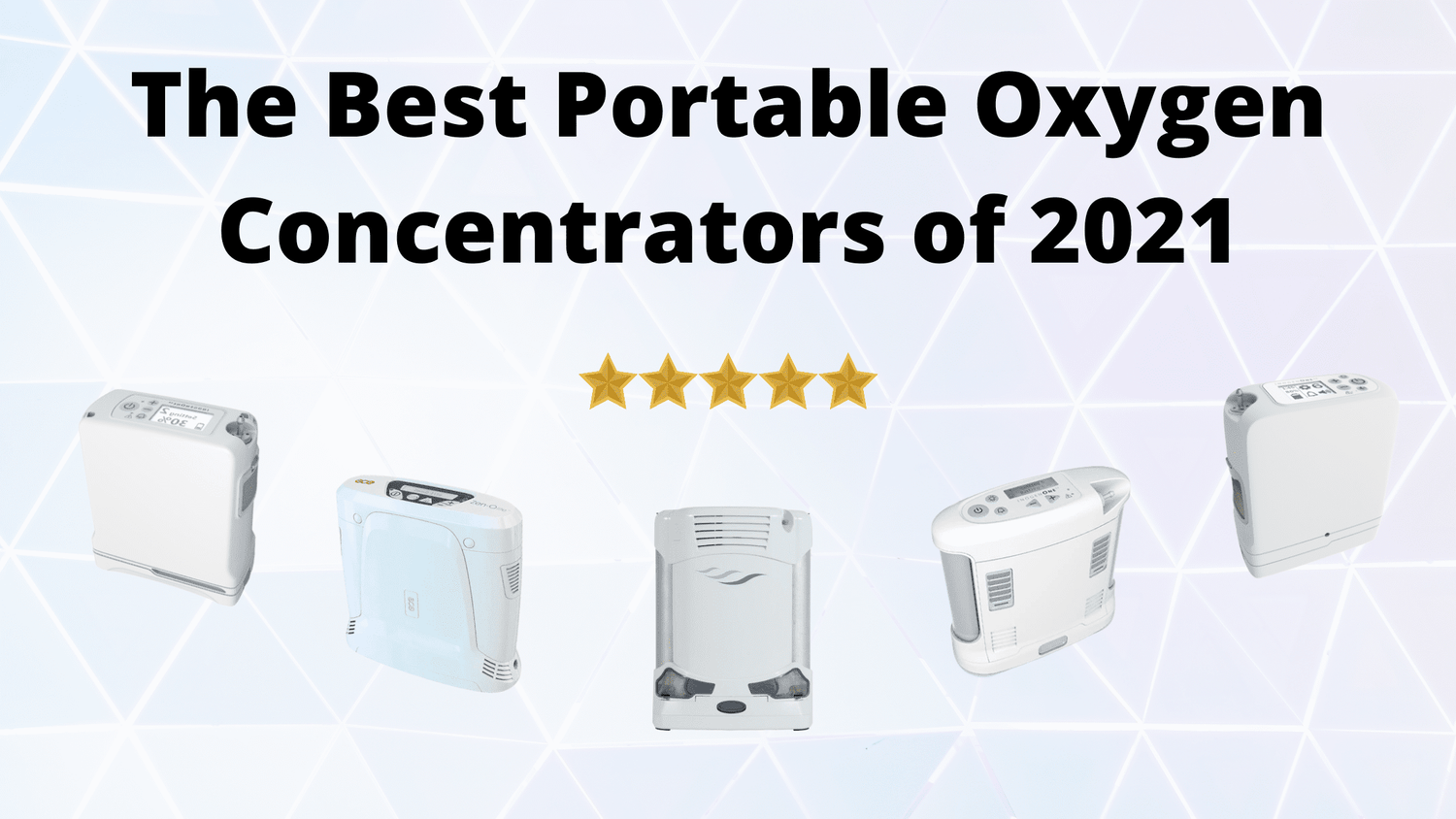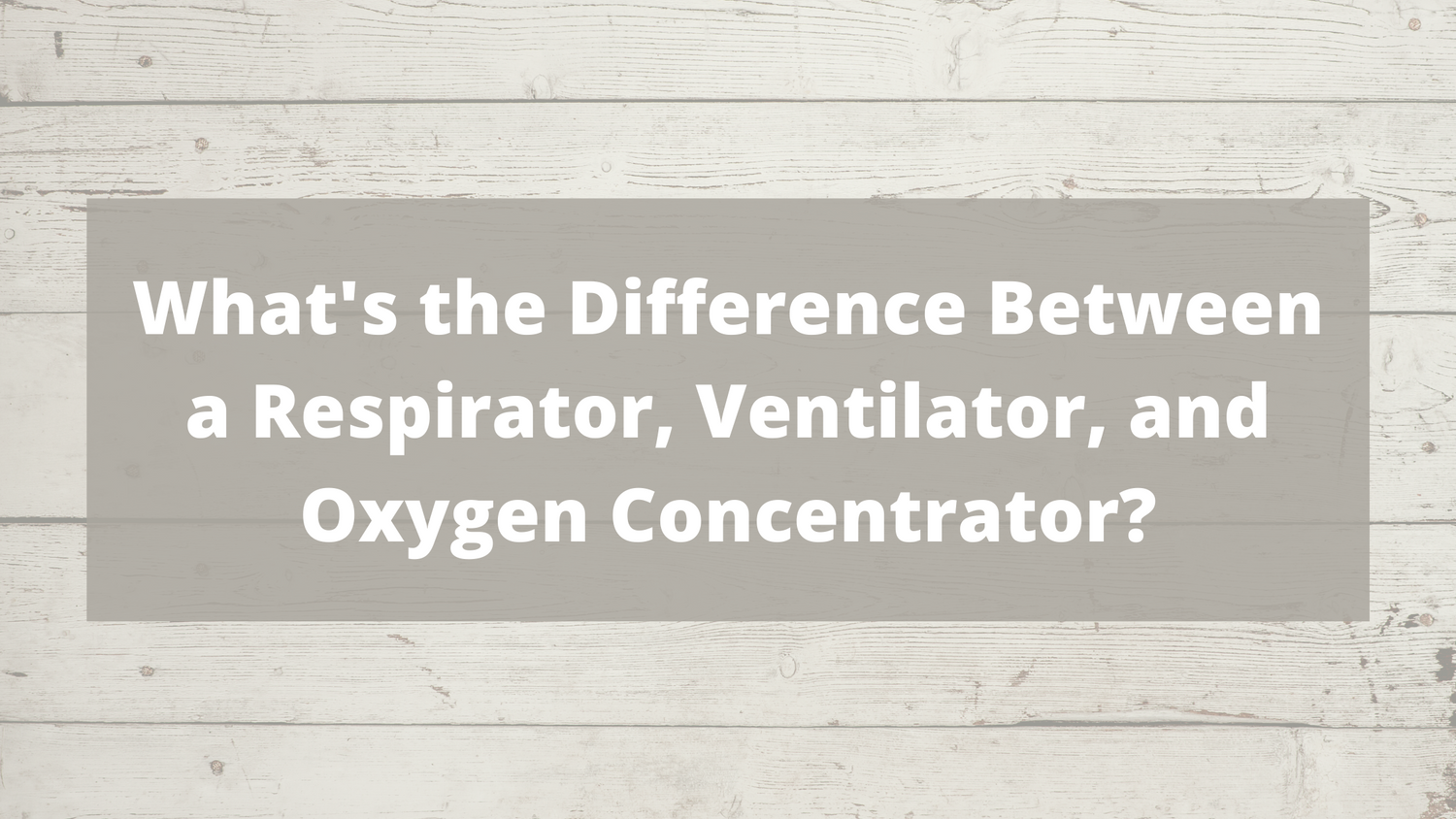Respiratory Resource Center - LPT Medical
Portable Oxygen Concentrators With the Longest Battery Life in 2021
Portable oxygen concentrators can be judged on a...
Read MoreThe Best Portable Oxygen Concentrators of 2021
Around this time each year, friends and family all...
Read MoreWhat's the Difference Between a Respirator, Ventilator, and Oxygen Concentrator?
Medical terminology can be very challenging to understand sometimes....
Read More


